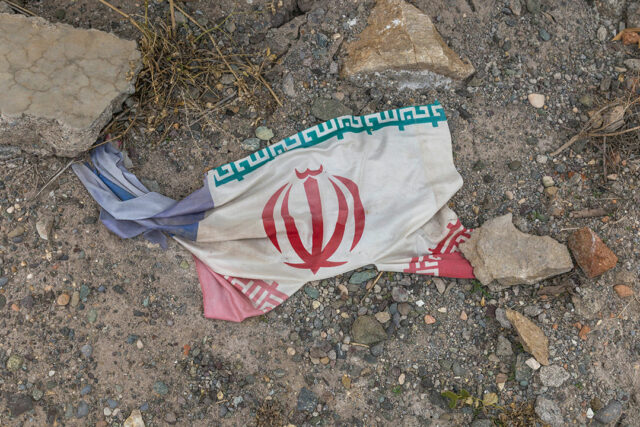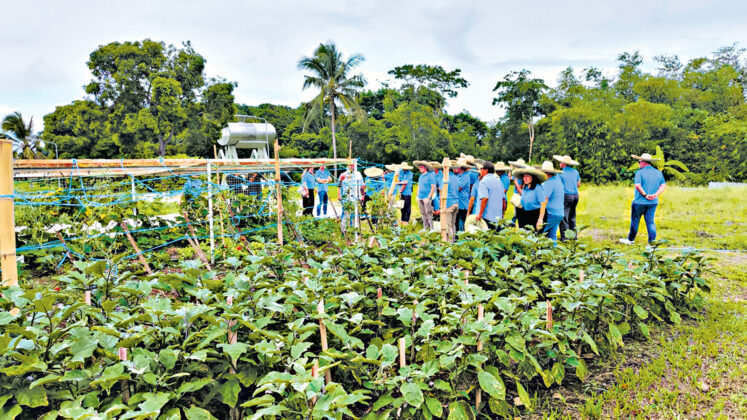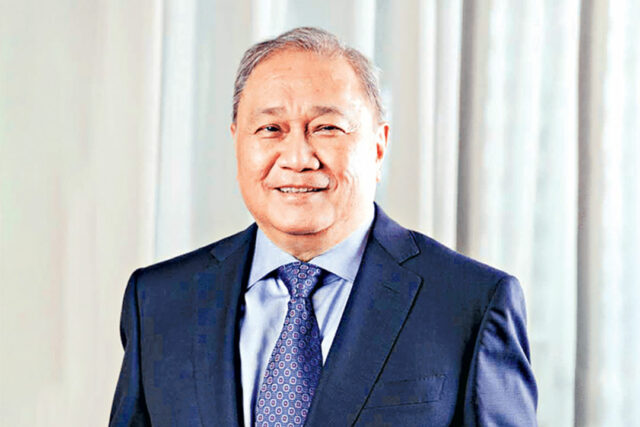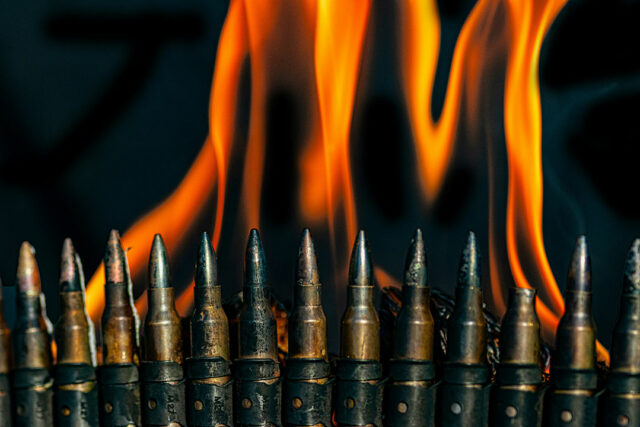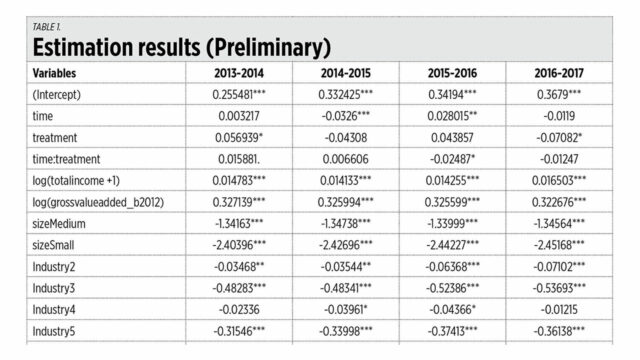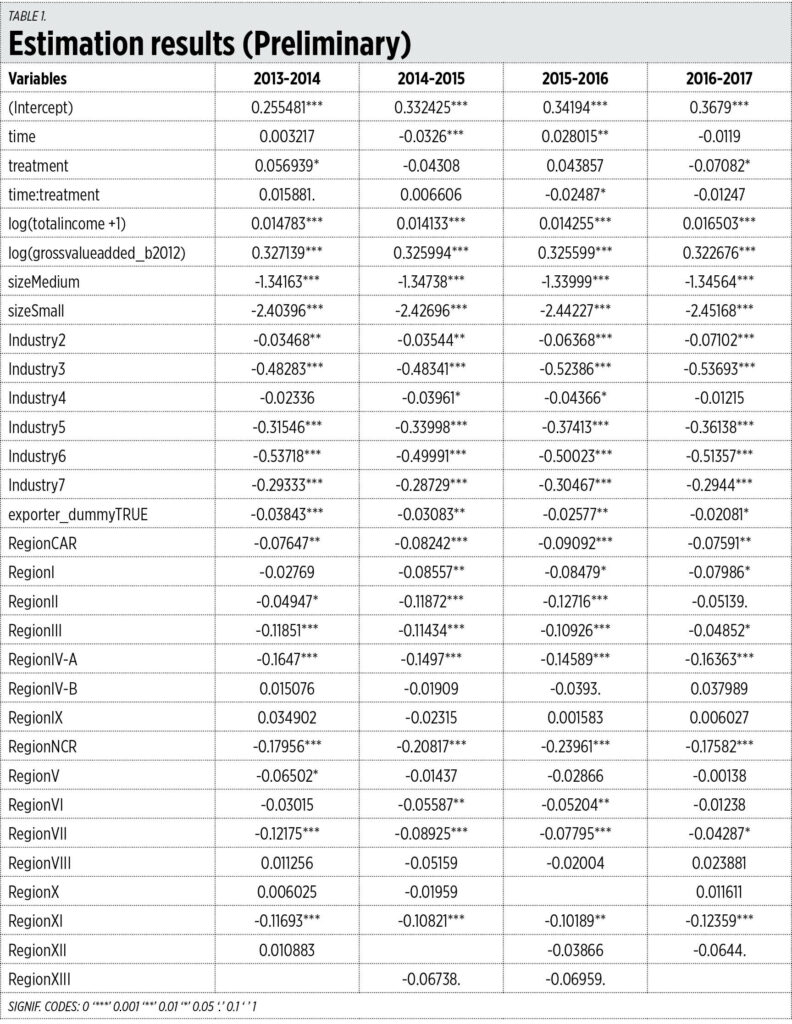Philippines, Japan hold maritime drills after RAA ratification
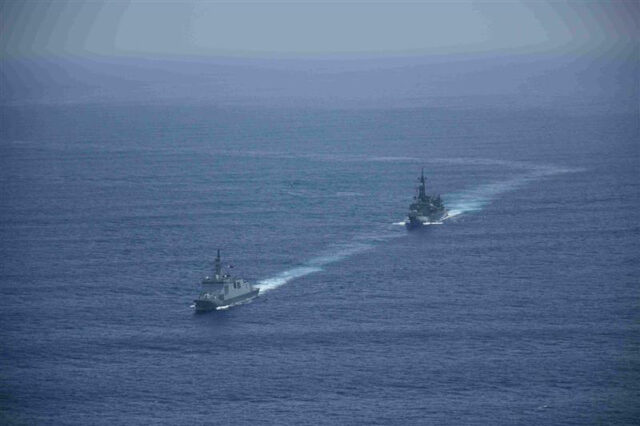
By Kenneth Christiane L. Basilio, Reporter
THE PHILIPPINES and Japan held joint maritime drills in the South China Sea on Saturday, the Philippine military said on Sunday, conducting their first major exercises following the ratification of their Reciprocal Access Agreement (RAA) amid growing tensions in the contested waters.
The Philippines’ missile frigate BRP Miguel Malvar and Japanese destroyer JS Takanami performed anti-submarine warfare drills and cross-deck landing exercises involving a helicopter, the Armed Forces of the Philippines said in a statement.
“This cooperative activity is more than a display of maritime capability — it is a manifestation of our enduring commitment to uphold peace, stability and a rules-based order in the Indo-Pacific,” Philippine military chief General Romeo S. Brawner, Jr. said.
“With the RAA now in effect, our coordination with Japan will only grow stronger and more responsive to the complex demands of our shared security environment,” he added.
The RAA, signed by Manila and Tokyo in July last year, allows for the entry of equipment and troops for military drills and disaster responses on each other’s soil.
It was ratified by the Philippine Senate in December, and entered into force after Japan’s National Diet ratified it in early June.
The Philippines is stepping up efforts to counter China’s expansive claims in the South China Sea, broadening defense partnerships beyond its traditional ally, the US, to include Japan and other western nations.
The Philippines and Japan first conducted their bilateral maritime drills last year, a month after both the countries agreed to the RAA.
“This activity highlights the deepening trust and coordination between the two allies as they respond to traditional and emerging security challenges in the region,” the Philippine military said.
The Philippines and China have repeatedly clashed over disputed South China Sea features, fueling tensions as both uphold their claims in the vital trade route.
DEFENSE MANUFACTURING
Philippine lawmakers in the 20th Congress have been urged to focus on improving the country’s capabilities to build weaponry to bolster its defense capabilities, Chester B. Cabalza, founding president of Manila-based think tank International Development and Security Cooperation, said via Messenger chat.
A measure complementing the Self-Reliant Defense Posture law should be pursued to help lay groundwork for local defense manufacturing, he said.
“If we fail the second time around, the country will become a laughingstock in the region since it was Manila that first concocted and designed the first Self-Reliant Defense law in Asia,” he said.
The Philippines is trying to counter China’s military presence in the region. It has allotted about $35 billion for military upgrades over the next decade.
Manila has been irked by the presence of Chinese ships within its ecozone. China claims nearly all of the South China Sea via a U-shaped, 1940s nine-dash line map that overlaps with the exclusive waters of the Philippines and neighbors like Vietnam and Malaysia.
A United Nations-backed tribunal in 2016 voided China’s sweeping claims for being illegal, a ruling that Beijing does not recognize.
A political analyst said the Marcos administration should boost public participation in crafting its legislative priority list for the next Congress to foster broader civic engagement and ensure that Filipinos understand how the proposed laws could affect their daily lives.
“It’s counterproductive to enact laws without any public constituency behind them,” Michael Henry Ll. Yusingco, a senior research fellow at the Ateneo Policy Center, said via Facebook Messenger chat. “The public scarcely knows any of these LEDAC (Legislative-Executive Development Advisory Council) bills.”
“Whatever LEDAC prioritizes for the 20th Congress, it would be more optimal to build a constituency behind their priority measures,” he added.
The Malacañang releases a list of priority bills to help accelerate legislative action, with endorsements sought through letter-requests addressed to government agencies and private sector groups, according to LEDAC’s website.


 For the past 30 years, Kenny Rogers Roasters has redefined what healthy tastes like by offering wholesome, flavorful meals in a fast-casual setting. Known for its
For the past 30 years, Kenny Rogers Roasters has redefined what healthy tastes like by offering wholesome, flavorful meals in a fast-casual setting. Known for its  These thoughtfully crafted combinations reflect the brand’s enduring commitment to making
These thoughtfully crafted combinations reflect the brand’s enduring commitment to making  “I Love Me Better”: The Campaign that Marks Legacy
“I Love Me Better”: The Campaign that Marks Legacy Reflecting this bold message, the “I Love Me Better” campaign took over high-traffic, unexpected spaces—from a full
Reflecting this bold message, the “I Love Me Better” campaign took over high-traffic, unexpected spaces—from a full 

